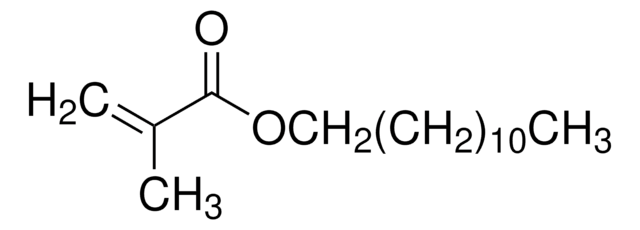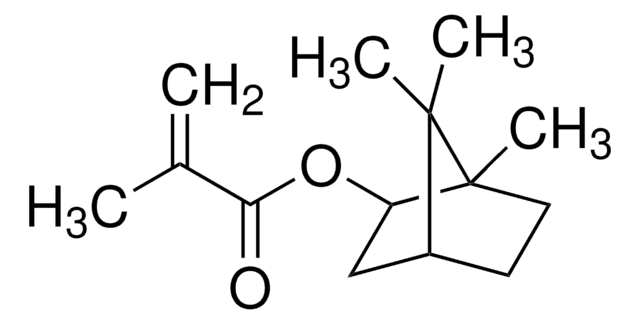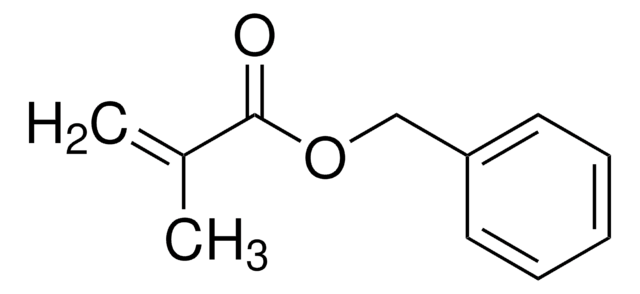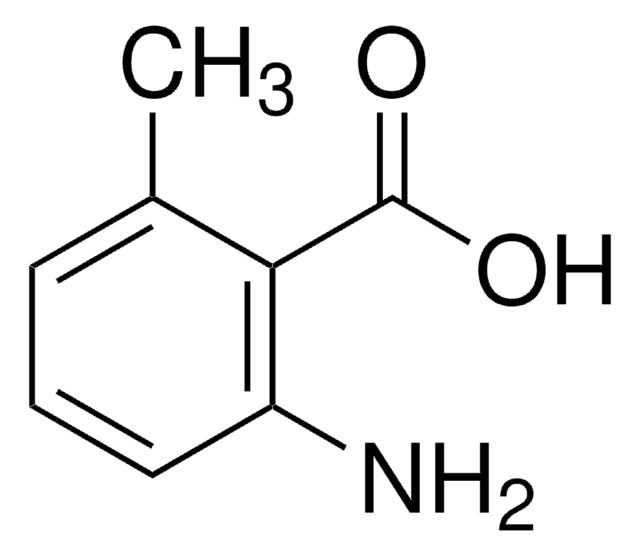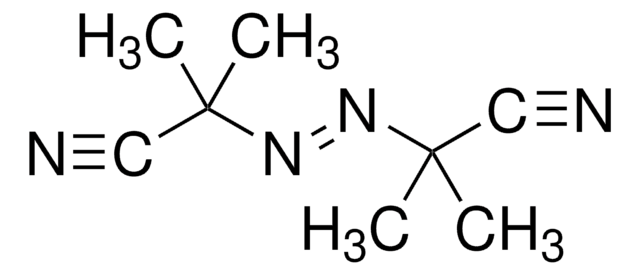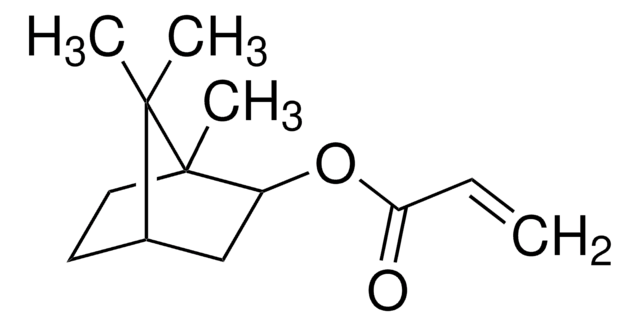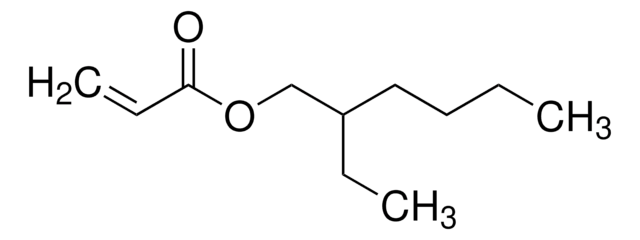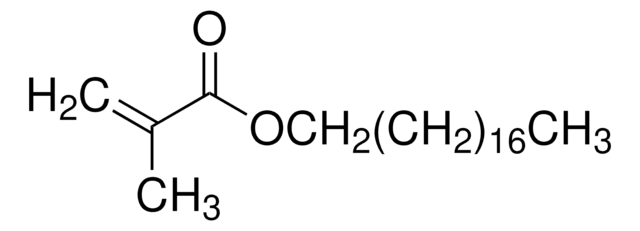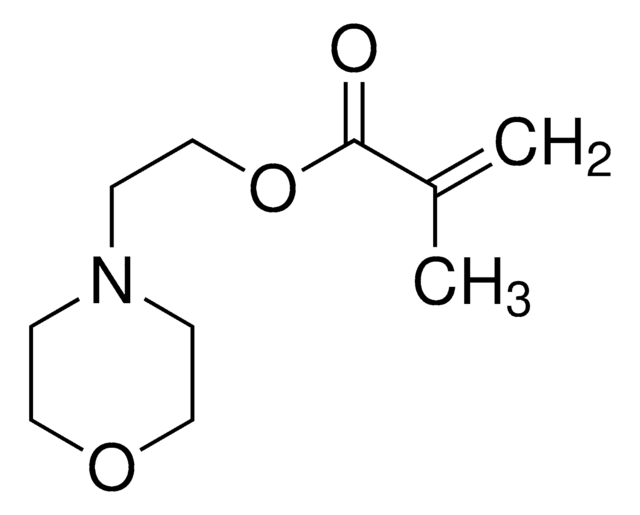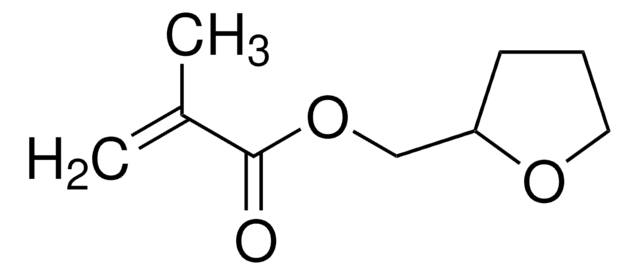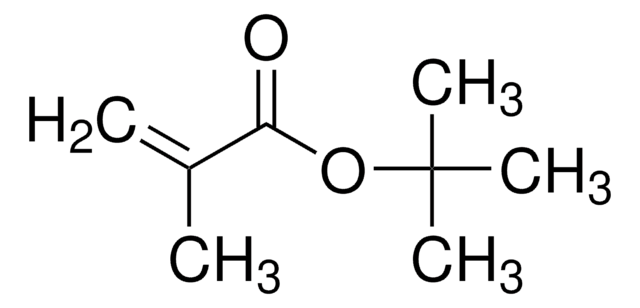290807
2-Ethylhexyl methacrylate
98%, contains ~50 ppm monomethyl ether hydroquinone as stabilizer
Synonym(s):
2-EHA, EHMA
About This Item
Recommended Products
vapor density
6.9 (vs air)
Quality Level
assay
98%
contains
~50 ppm monomethyl ether hydroquinone as stabilizer
refractive index
n20/D 1.438 (lit.)
bp
120 °C/18 mmHg (lit.)
density
0.885 g/mL at 25 °C (lit.)
SMILES string
CCCCC(CC)COC(=O)C(C)=C
InChI
1S/C12H22O2/c1-5-7-8-11(6-2)9-14-12(13)10(3)4/h11H,3,5-9H2,1-2,4H3
InChI key
WDQMWEYDKDCEHT-UHFFFAOYSA-N
Looking for similar products? Visit Product Comparison Guide
General description
Application
- As a monomer to prepare poly(2-phenoxyethyl methacrylate-co-2-phenoxyethyl acrylate-co-2-ethylhexyl methacrylate) (PPPE) intraocular lenses used in cataract treatment. Polymers with 2% 2-ethylhexyl methacrylate are foldable and showed excellent optical and thermomechanical properties.
- To prepare copolymer for the surface modification of dental composite resins to control plaque formation. EHMA imparts water resistance and antifouling properties of dental resins.
- As an internal plasticizer to prepare photo-crosslinked shape memory polymer films used as a photoprintable resins in stereolithography.
- As a precursor to synthesize hydrogels for fabricating contact lenseswith flexibility, permeability, and comfort.
signalword
Warning
hcodes
Hazard Classifications
Aquatic Chronic 3 - Eye Irrit. 2 - Skin Irrit. 2 - Skin Sens. 1 - STOT SE 3
target_organs
Respiratory system
Storage Class
10 - Combustible liquids
wgk_germany
WGK 1
flash_point_f
197.6 °F - closed cup
flash_point_c
92 °C - closed cup
ppe
Eyeshields, Gloves, type ABEK (EN14387) respirator filter
Choose from one of the most recent versions:
Already Own This Product?
Find documentation for the products that you have recently purchased in the Document Library.
Customers Also Viewed
Our team of scientists has experience in all areas of research including Life Science, Material Science, Chemical Synthesis, Chromatography, Analytical and many others.
Contact Technical Service